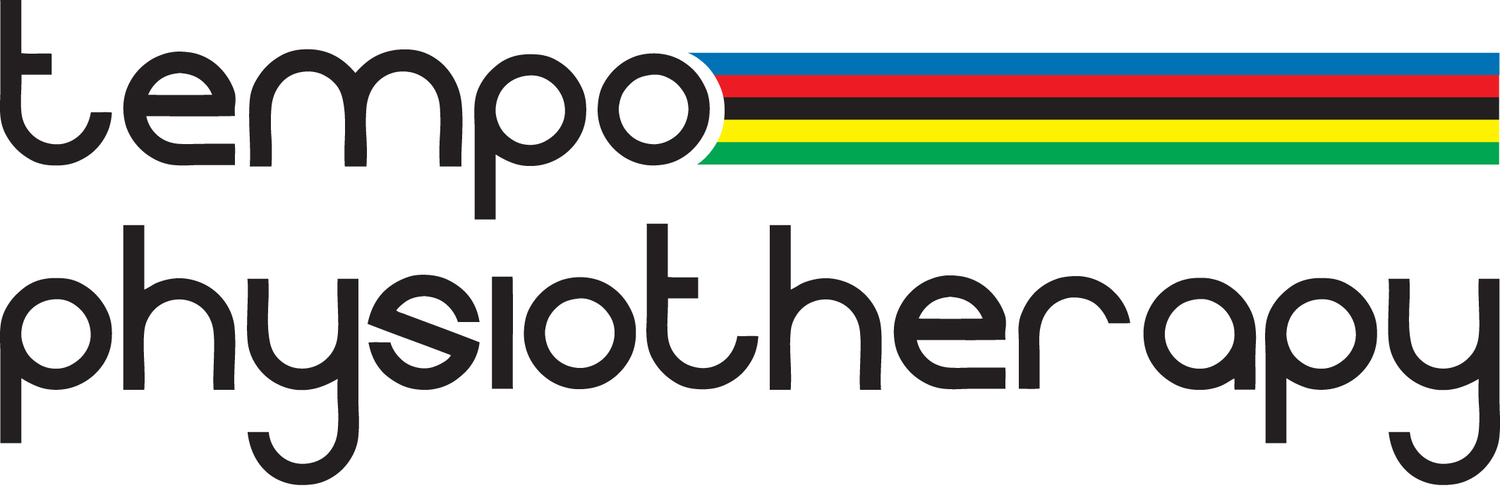3 factors of cycling performance and winter training
Summer is over and the rain has arrived and although there is no real substitute for long outdoor rides, maintaining or even increasing performance is possible during the winter with a bit of knowledge and a training plan. Using a turbo trainer (or any stationary bike) might be the only option available during the next few months, so this blog is about how to get the best out of your turbo training. I’ve heard many say that sitting on a turbo is boring, but that is only when they have no plan or structure for the session. Very intense and hard work it might be, boring it is not.
So this blog is about how to get the best out of those sessions and how tempophysiotherapy can improve your cycling performance throughout the next 5 months. We need to start however, with some of the basics of exercise physiology to understand how correct training can improve your performance.
For all endurance sports, there are 3 factors that are correlated with performance
VO2 max or aerobic capacity
Lactate Threshold
Economy of movement
VO2 max
Is the maximum capacity of an individual's body to transport and use oxygen during exercise, and is the gold standard for measuring physical fitness. It is based on the amount of blood the heart can pump around the body, the amount of oxygen the blood can transport around the system and the amount of oxygen the exercising muscle can extract from the blood and use to power performance. A large proportion of an individual’s VO2 max is genetic, and as we get older there is a natural decline. However, with correct training it is possible to increase VO2 max by up to 16%, or maximise your genetic potential.
As mentioned in a previous blog, your fat burning zone is approximately 25% of your VO2 max, so if you increase your V02 max by 10-15% it will increase the intensity (speed) you can go at within your fat burning zone and thus save the carbohydrate stores for more intense periods later in the ride.
However, having a great powerful engine is only as good as the length of time you can keep it running….
Lactate Threshold
Lactate is a by-product of aerobic respiration which we produce even at rest. In fact it is a valuable form of energy, as the body can convert the lactate back into energy via chemical reactions. As exercise intensity rises, so does the amount of lactate.
At a given intensity, the amount of lactate produced is equal to the amount of lactate that can be reconverted by the body. This is called the lactate steady state and is the highest intensity you can perform at a sustainable level. Above this level, called the lactate threshold (LT), any increase in intensity causes lactate to accumulate to unconvertible levels and this new intensity level can only be sustained for a certain period before having to slow down and recover. The further you cross this threshold the less time you can sustain the intensity.
This threshold also corresponds to a percentage of the maximal heart rate (MHR). In the untrained, this may correspond to about 50% of MHR, in the elite cyclists 85-90% of MHR. Knowing the heart rate at which LT happens means that you can pace your performance appropriately during a ride and also train at correct intensities around that heart rate to increase the lactate threshold.
Economy of Movement
This factor can represent a lot of things but basically a cyclist whose is more efficient or economical will accomplish the same objective with less energy. This may be due in the elite cyclist to anatomy and physiology rather than training. In the club cyclist extraneous movement, extra weight (see previous blog on power to weight ratio), position on the bike, bike fit and poor pedalling technique will use up extra energy. Pedalling technique is the one factor that often gets overlooked but probably the easiest to correct.
In a controlled environment such as a turbo trainer, these 3 factors are easily trainable once you determine your current baseline fitness level. The only true and most exact way of doing this is a V02 max test using a gas breath analyser in a laboratory. However, doing a submaximal test with just a heart rate monitor and cycling computer is sufficient to get enough data to calculate training zones, and provide training plans to maximise your potential in all 3 factors.
Tempophysiotherapy can now test you on your own turbo trainer, calculate your training zones and provide training plans to maximise your potential. All that’s needed to get the best out of your sessions is a standard heart rate monitor and watch and a cycling computer set up on the back wheel ( a Garmin does all of these!)
Turbo training can be sweaty, intensive and very hard, but it doesn’t have to be boring!
Please feel free to comment below
